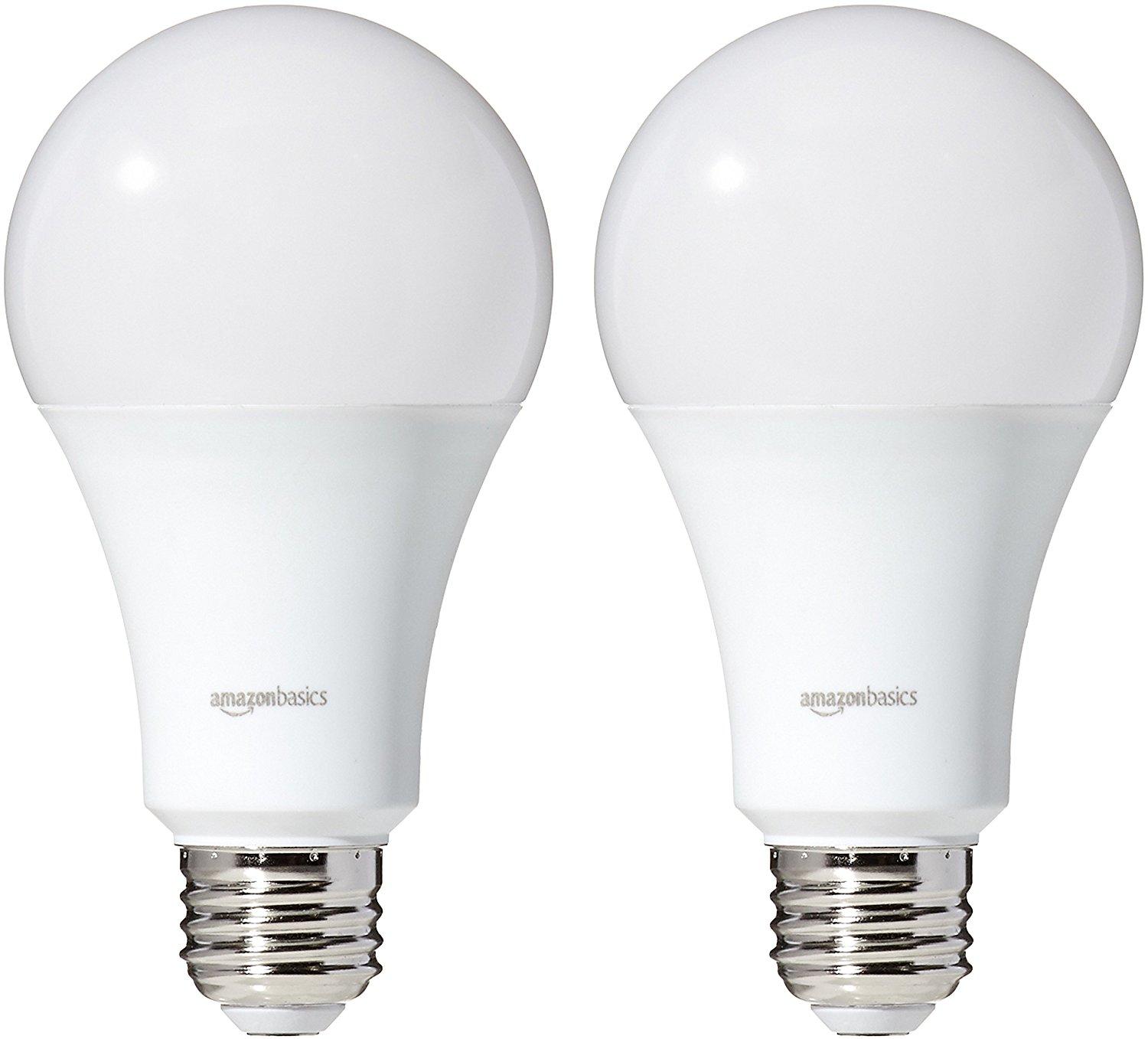

Articles
What LED Bulb Is Equal To 100 Watts
Modified: February 22, 2024
Looking for articles about LED bulbs equivalent to 100 watts? Discover the best options and make an informed choice for your lighting needs with our comprehensive guide.
(Many of the links in this article redirect to a specific reviewed product. Your purchase of these products through affiliate links helps to generate commission for Storables.com, at no extra cost. Learn more)
Introduction
Lighting plays a crucial role in our everyday lives, and the type of bulbs we use can greatly impact both our energy consumption and the quality of light we experience. In the past, incandescent bulbs were the standard choice, but with the advancement of technology, LED bulbs have emerged as a more energy-efficient and long-lasting alternative. One common question many people have is, ‘What LED bulb is equal to 100 watts?’ In this article, we will delve into the world of watts, explore the differences between incandescent and LED bulbs, and guide you in finding the equivalent LED bulb to replace your 100-watt incandescent bulb.
Key Takeaways:
- LED bulbs can replace 100-watt incandescent bulbs with lower wattage, focusing on lumens rather than watts for brightness. Consider factors like color temperature and energy efficiency for an enhanced lighting experience.
- When choosing LED bulbs, prioritize factors like energy efficiency, lifespan, color rendering, and dimmability. Embrace the benefits of LED technology for long-term energy savings and quality lighting.
Understanding Watts
Before we delve into the details of finding the equivalent LED bulb, let’s start by understanding what watts actually mean. Watts are a unit of power and represent the amount of energy a bulb consumes. In simple terms, higher wattage bulbs consume more electricity.
In the past, wattage was closely associated with the brightness of a bulb. For instance, a 100-watt incandescent bulb was considered to be quite bright. However, with the introduction of LED technology, the relationship between watts and brightness has changed.
LED bulbs are significantly more energy-efficient than incandescent bulbs. They can produce the same amount of light or even more brightness while consuming significantly fewer watts. This means that a 100-watt incandescent bulb can be replaced by an LED bulb with much lower wattage without compromising the level of brightness.
It’s important to note that watts only indicate the amount of energy consumed and are not directly related to the quality or intensity of light produced. To determine the brightness or luminous output of a bulb, we need to consider a different unit of measurement called lumens.
In the next section, we will explore the differences between incandescent bulbs and LED bulbs in more detail to understand why LED bulbs can produce the same amount of light with lower wattage.
Incandescent Bulbs vs LED Bulbs
When it comes to choosing between incandescent bulbs and LED bulbs, there are several factors to consider. Incandescent bulbs have been the traditional choice for many years, while LED bulbs are a more recent and energy-efficient option. Let’s take a closer look at the differences between these two types of bulbs.
1. Energy Efficiency: Incandescent bulbs are known for their low energy efficiency. They convert only about 10% of the energy they consume into light, while the remaining 90% is wasted as heat. In contrast, LED bulbs are highly energy-efficient, converting up to 80% of the energy they consume into light. This not only saves energy but also reduces electricity costs.
2. Lifespan: LED bulbs have a much longer lifespan compared to incandescent bulbs. While an incandescent bulb may last around 1,000 hours, an LED bulb can last up to 50,000 hours or even more. This means fewer replacements and less waste, making LED bulbs more environmentally friendly.
3. Heat Generation: Incandescent bulbs generate a significant amount of heat, which can be a safety concern and can also increase the load on cooling systems. On the other hand, LED bulbs generate very little heat, making them safer to touch and reducing the strain on air conditioning systems.
4. Environmental Impact: Incandescent bulbs contain toxic materials such as mercury, making their disposal hazardous. LED bulbs, on the other hand, do not contain toxic substances and are considered more environmentally friendly.
5. Colour and Light Quality: LED bulbs offer a wide range of color options and can produce light with better color rendering compared to incandescent bulbs. They can provide different shades of white light, from warm to cool, allowing for customizable lighting experiences.
Considering the energy efficiency, long lifespan, lower heat generation, and improved light quality, it’s no wonder that LED bulbs are becoming the preferred choice for both residential and commercial lighting.
In the next section, we will delve into the concept of lumens and how they are important in determining the equivalent LED bulb to replace a 100-watt incandescent bulb.
Lumens vs Watts
Now that we understand the differences between incandescent bulbs and LED bulbs, it’s important to introduce the concept of lumens. Lumens are a unit of measurement that quantify the brightness or light output of a bulb. Unlike watts, lumens directly reflect the visible light produced by a bulb, rather than the amount of energy consumed.
While wattage was traditionally used as a measure of brightness, this correlation no longer holds true with the introduction of LED technology. LED bulbs are much more efficient at converting energy into light, meaning they can produce the same amount of brightness or even more with fewer watts.
To better understand the relationship between lumens and watts, let’s consider an example. A 100-watt incandescent bulb typically produces around 1600 lumens of brightness. However, an LED bulb with the same lumen output can consume significantly fewer watts, sometimes as low as 10-15 watts.
It’s essential to focus on lumens when choosing an LED bulb as a replacement for a 100-watt incandescent bulb. By considering the lumens, you can ensure that you maintain the same level of brightness while reducing energy consumption.
Many LED bulb manufacturers now indicate the equivalent incandescent wattage on their packaging or product descriptions. This makes it easier for consumers to find the right LED bulb based on the desired brightness.
In the next section, we will explore the steps to find the equivalent LED bulb to replace a 100-watt incandescent bulb, taking into account both the lumens and other factors that may influence your choice.
Look for an LED bulb that is labeled as 1600 lumens, which is equivalent to a 100-watt incandescent bulb. This will ensure you get the same level of brightness while using less energy.
Finding the Equivalent LED Bulb
Now that we understand the importance of lumens in determining brightness, let’s discuss how to find the equivalent LED bulb to replace a 100-watt incandescent bulb.
1. Determine the desired brightness: The first step is to decide how bright you want your LED bulb to be. If you want the same level of brightness as a 100-watt incandescent bulb, you would typically look for an LED bulb that produces around 1600 lumens.
2. Check the packaging or product description: Many LED bulb manufacturers now provide information on the packaging or product description about the equivalent incandescent wattage for their LED bulbs. Look for an LED bulb that is labeled as a 100-watt equivalent or produces around 1600 lumens.
3. Consider the color temperature: In addition to lumens, you may also want to consider the color temperature of the LED bulb. Color temperature refers to the warmth or coolness of the light produced. Incandescent bulbs typically produce a warm, yellowish light. LED bulbs come in a range of color temperatures, from warm white to cool white. Choose the color temperature that suits your preference and the intended lighting ambiance.
4. Pay attention to other factors: When choosing an LED bulb, consider other factors such as the bulb shape, base type, and dimmability if needed. LED bulbs are available in various shapes and sizes to fit different fixtures, and different base types (such as E26 or GU10) to ensure compatibility.
Remember, finding the equivalent LED bulb involves more than just matching the wattage. It’s important to consider the lumens, color temperature, and other factors that will impact the lighting experience in your space.
In the final section, we will discuss some additional factors to consider when choosing an LED bulb to replace your 100-watt incandescent bulb.
Read more: How Many Lumens In A 100-Watt LED Bulb
Factors to Consider
When choosing an LED bulb as a replacement for a 100-watt incandescent bulb, there are several factors to consider to ensure you make the right choice for your specific needs. Let’s explore these factors in more detail:
1. Energy Efficiency: One of the primary reasons for switching to LED bulbs is their energy efficiency. Look for bulbs with a high energy efficiency rating, indicated by the Energy Star certification. These bulbs not only save energy but also help reduce your electricity bills.
2. Lifespan: LED bulbs are known for their long lifespan, which can significantly reduce maintenance and replacement costs. Check the estimated lifespan of the bulb before purchasing, ideally aiming for a bulb that can last for 20,000 hours or more.
3. Color Rendering Index (CRI): The CRI refers to how accurately a light source can reproduce colors compared to natural light. A higher CRI indicates better color accuracy. Consider bulbs with a CRI of 80 or above for optimal color representation in your home or workspace.
4. Dimmability: If you have dimmer switches installed, check whether the LED bulb is dimmable. Not all LED bulbs are compatible with dimmer switches, so make sure to choose a dimmable option if you require adjustable lighting.
5. Color Temperature: LED bulbs come in various color temperatures, ranging from warm white (soft, yellowish light) to cool white (bright, bluish light). Consider the ambiance you want to create in your space and choose a color temperature that aligns with your preferences.
6. Cost: LED bulbs are initially more expensive than incandescent bulbs, but their long-term energy savings and extended lifespan more than make up for the higher upfront cost. Consider the cost-effectiveness of LED bulbs in the long run rather than solely focusing on the initial price.
7. Compatibility: Ensure that the LED bulb you choose is compatible with the fixtures and sockets in your space. Check the bulb’s base type (such as E26 or GU10) and make sure it fits securely into the socket.
By considering these factors, you can make an informed decision when selecting the right LED bulb to replace your 100-watt incandescent bulb.
Let’s wrap up the article in the next section.
Conclusion
As we conclude our exploration of finding the equivalent LED bulb for a 100-watt incandescent bulb, it’s clear that LED technology has revolutionized the lighting industry. LED bulbs offer numerous advantages, including energy efficiency, longer lifespan, better color rendering, and reduced environmental impact.
When searching for the equivalent LED bulb, it’s important to focus on lumens rather than watts. By considering the desired brightness and checking the equivalent incandescent wattage provided by manufacturers, you can find the right LED bulb to match the brightness level you need.
Additionally, factors such as color temperature, energy efficiency, dimmability, and compatibility with fixtures should be taken into account when choosing an LED bulb. These factors ensure that you not only achieve the desired brightness but also create the desired ambiance and maximize the bulb’s longevity and efficiency.
While the initial cost of LED bulbs may be higher, their long-term benefits in terms of energy savings, reduced maintenance, and environmental friendliness make them a worthwhile investment.
So, whether you’re replacing a single bulb or upgrading your entire lighting system, consider making the switch to LED bulbs. They not only provide the equivalent brightness of a 100-watt incandescent bulb but also offer a range of benefits that are bound to enhance your lighting experience.
With a little research and consideration of the factors discussed in this article, you can confidently choose the right LED bulb, contribute to energy conservation, and enjoy quality lighting in your home or workplace.
Thank you for joining us on this enlightening journey. Here’s to a brighter and more efficient future with LED bulbs!
Frequently Asked Questions about What LED Bulb Is Equal To 100 Watts
Was this page helpful?
At Storables.com, we guarantee accurate and reliable information. Our content, validated by Expert Board Contributors, is crafted following stringent Editorial Policies. We're committed to providing you with well-researched, expert-backed insights for all your informational needs.
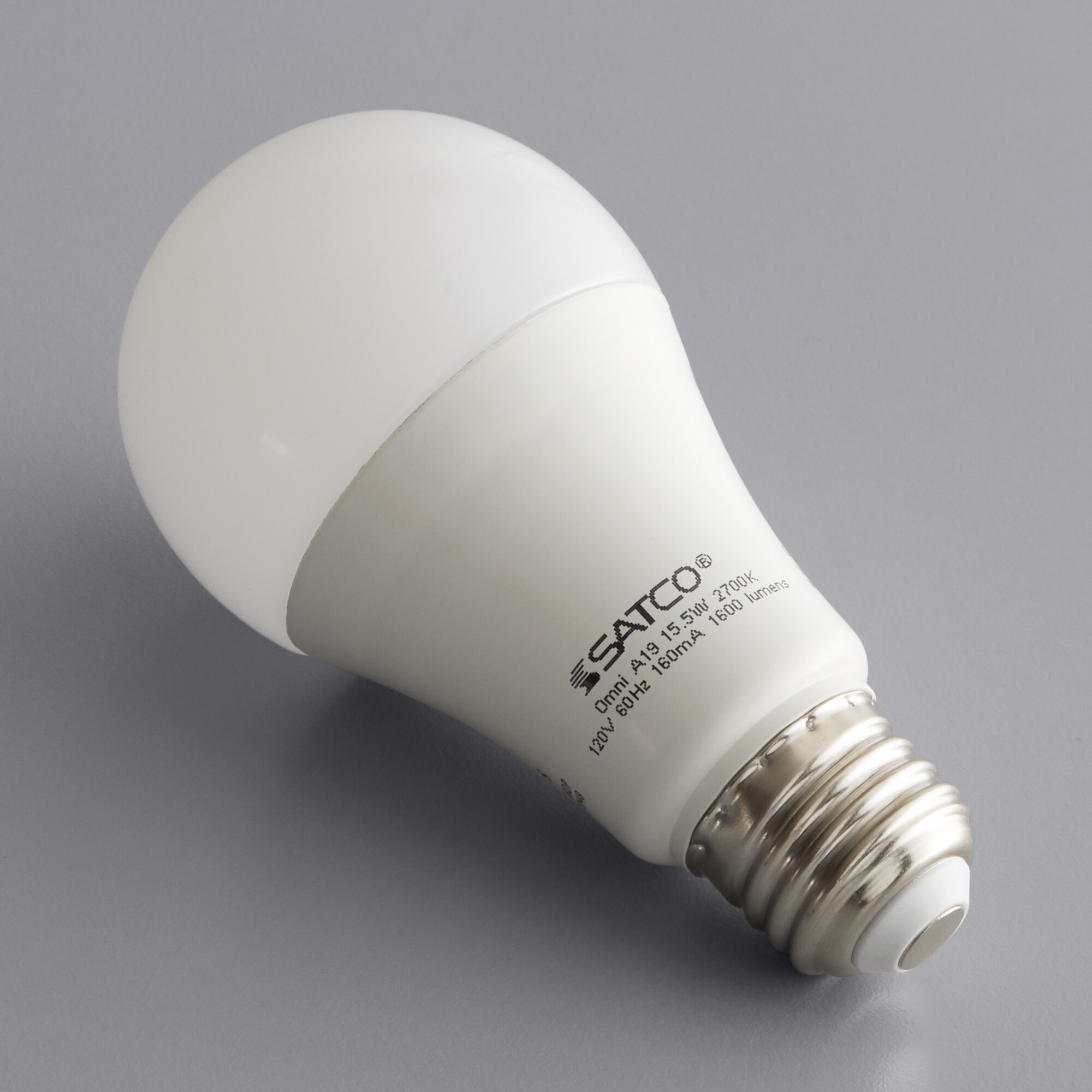
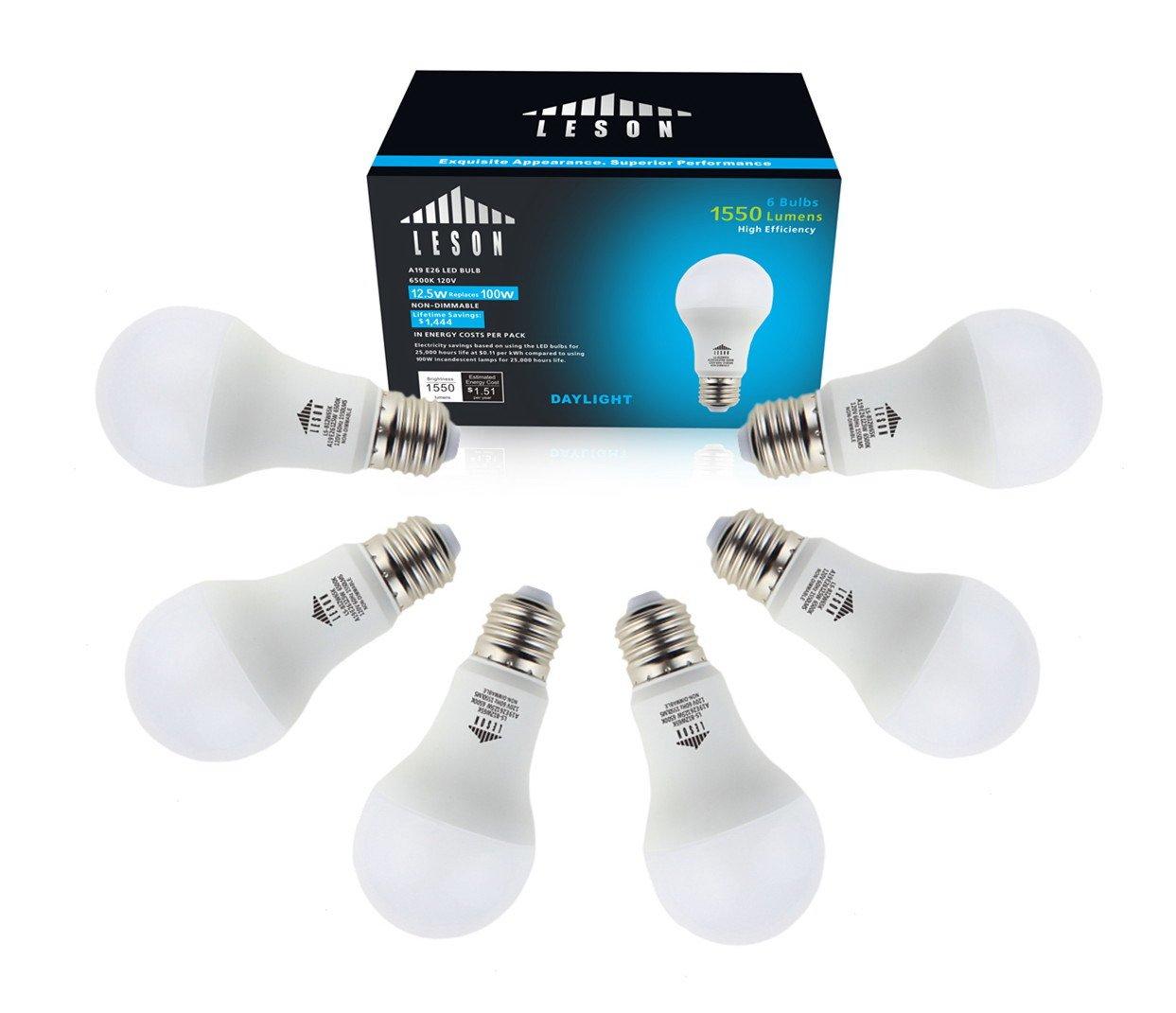
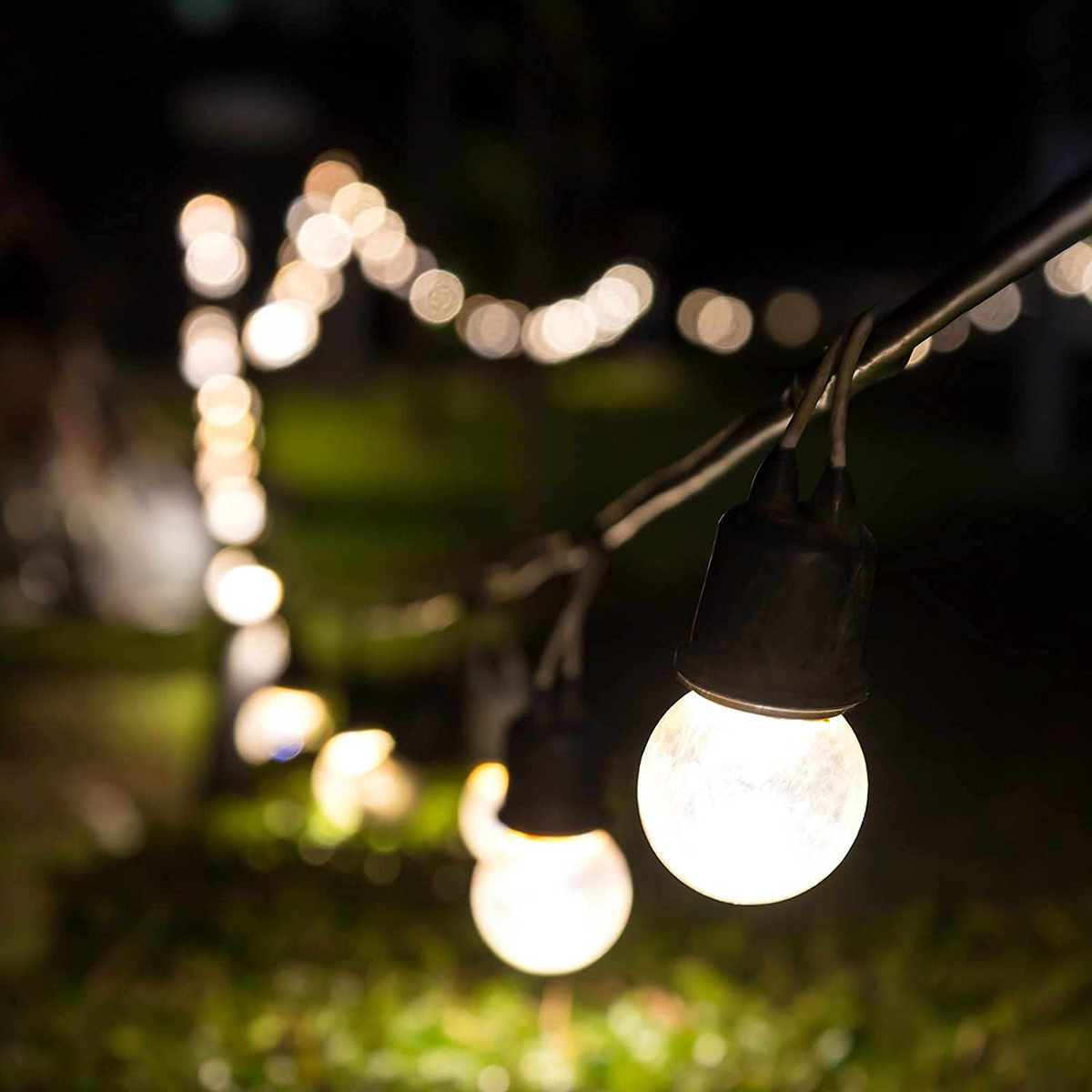
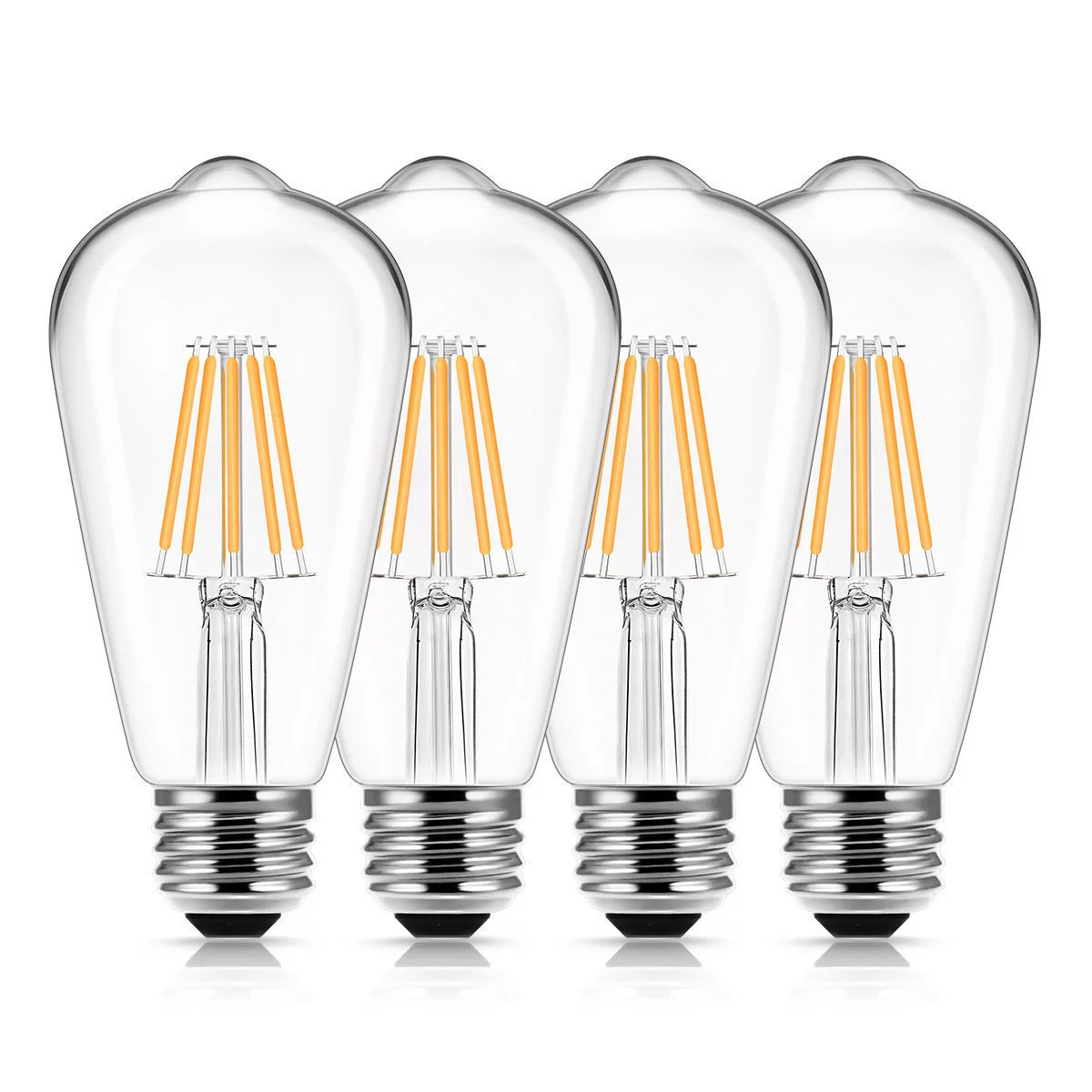
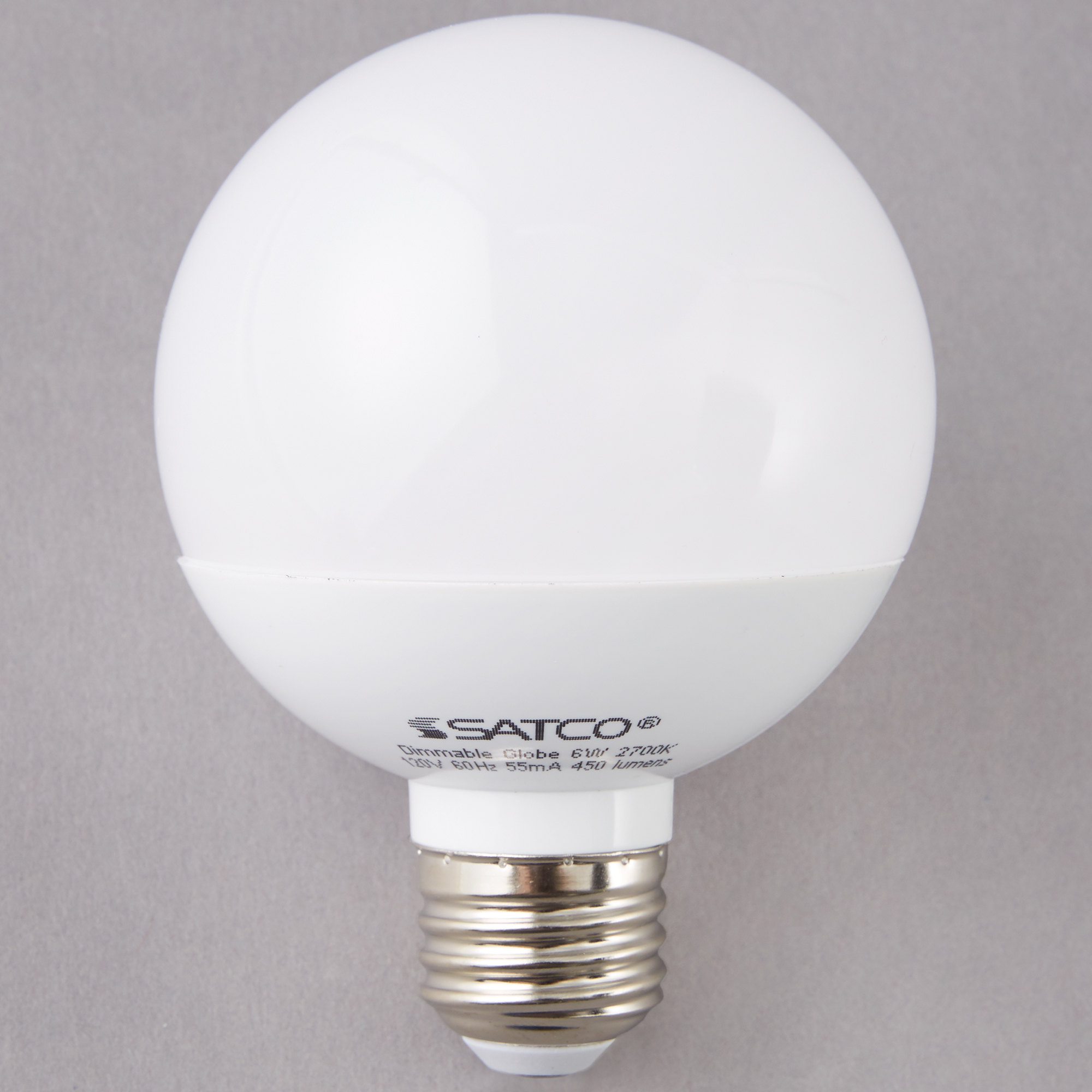
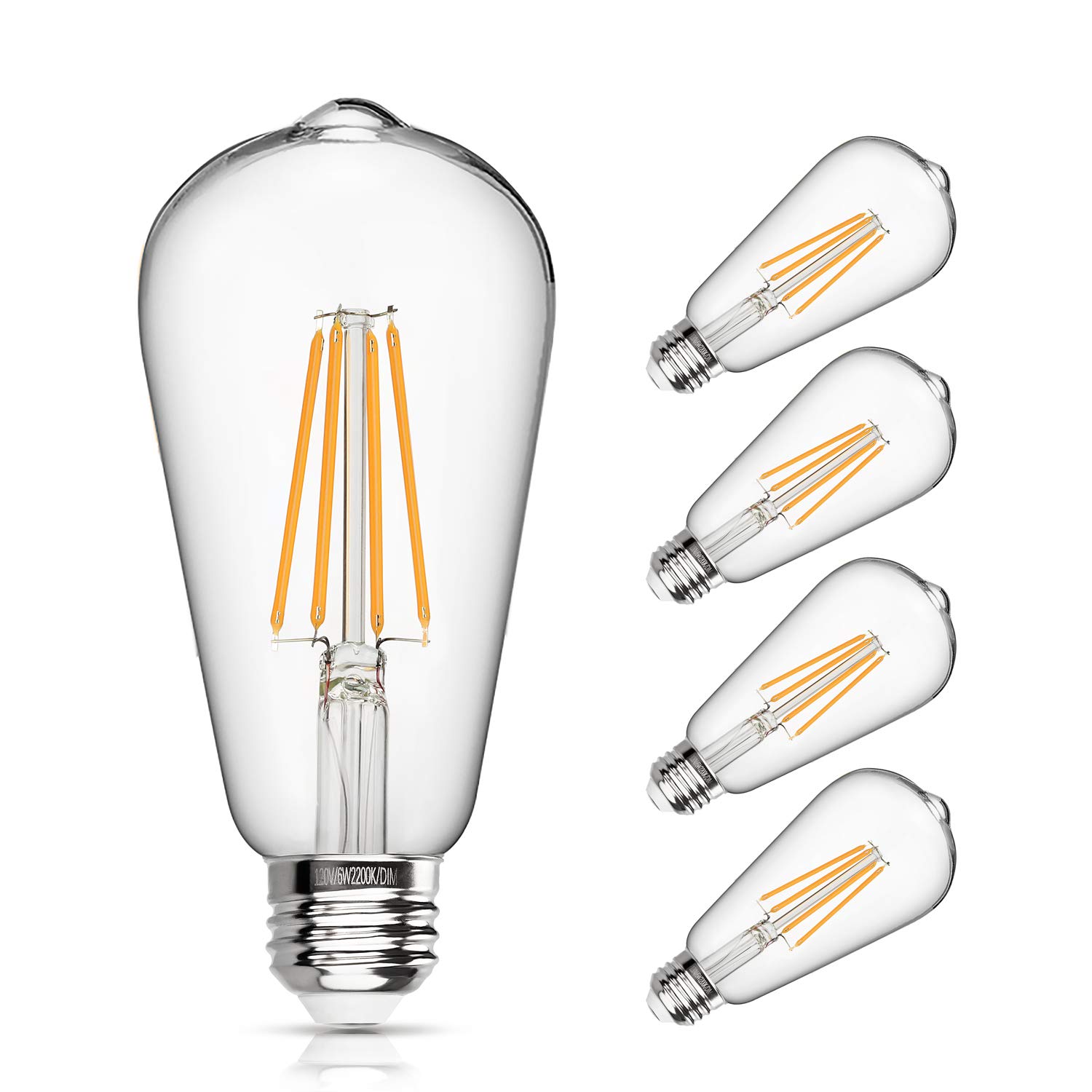

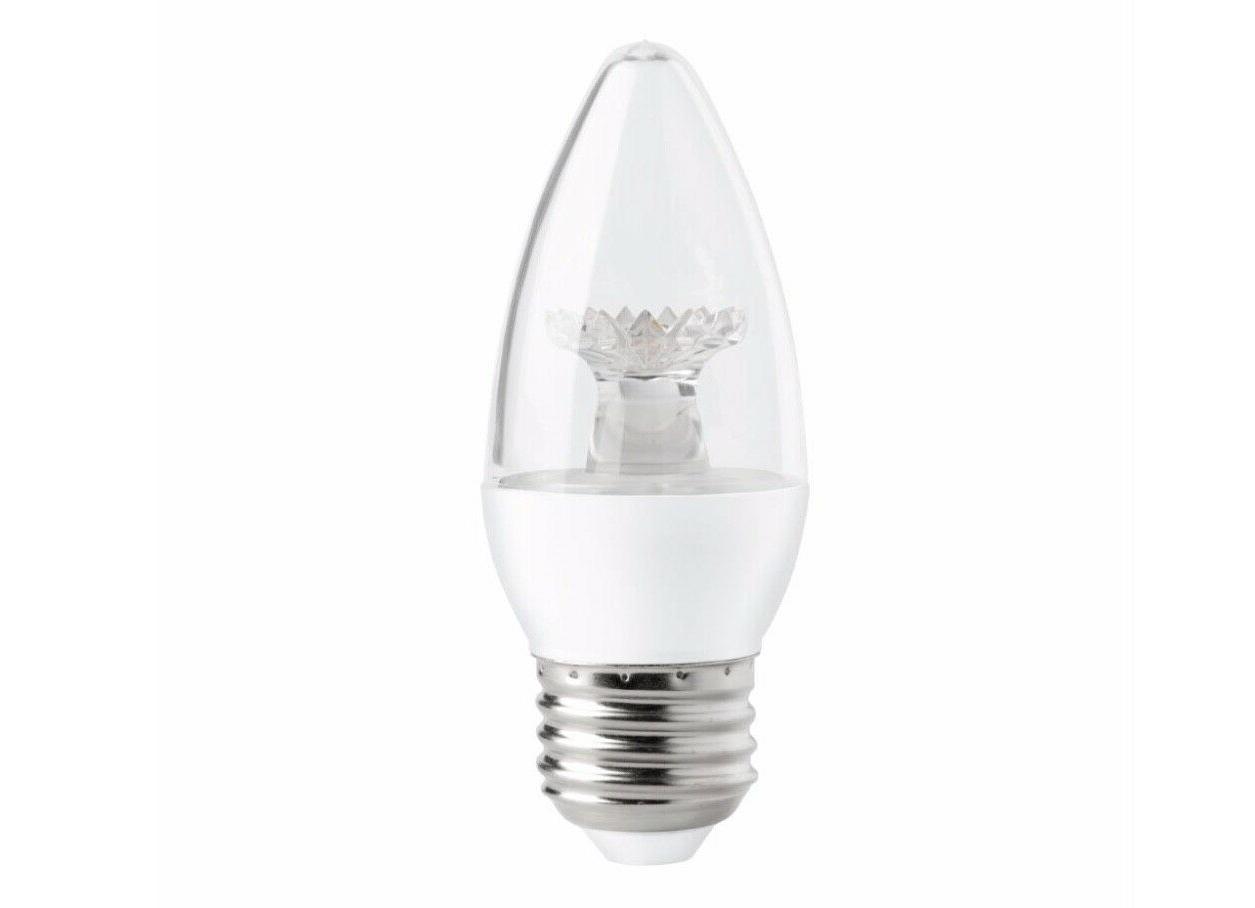
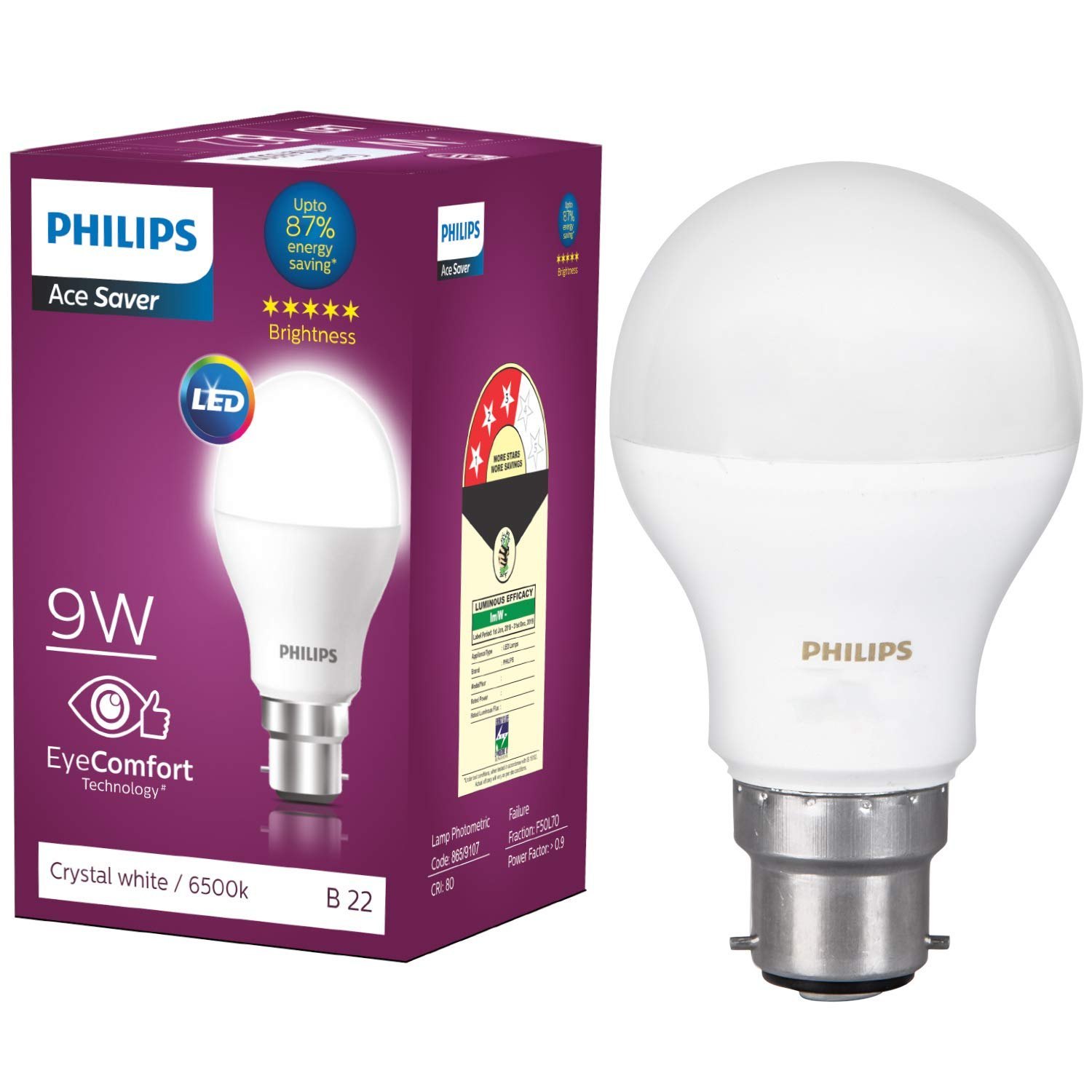
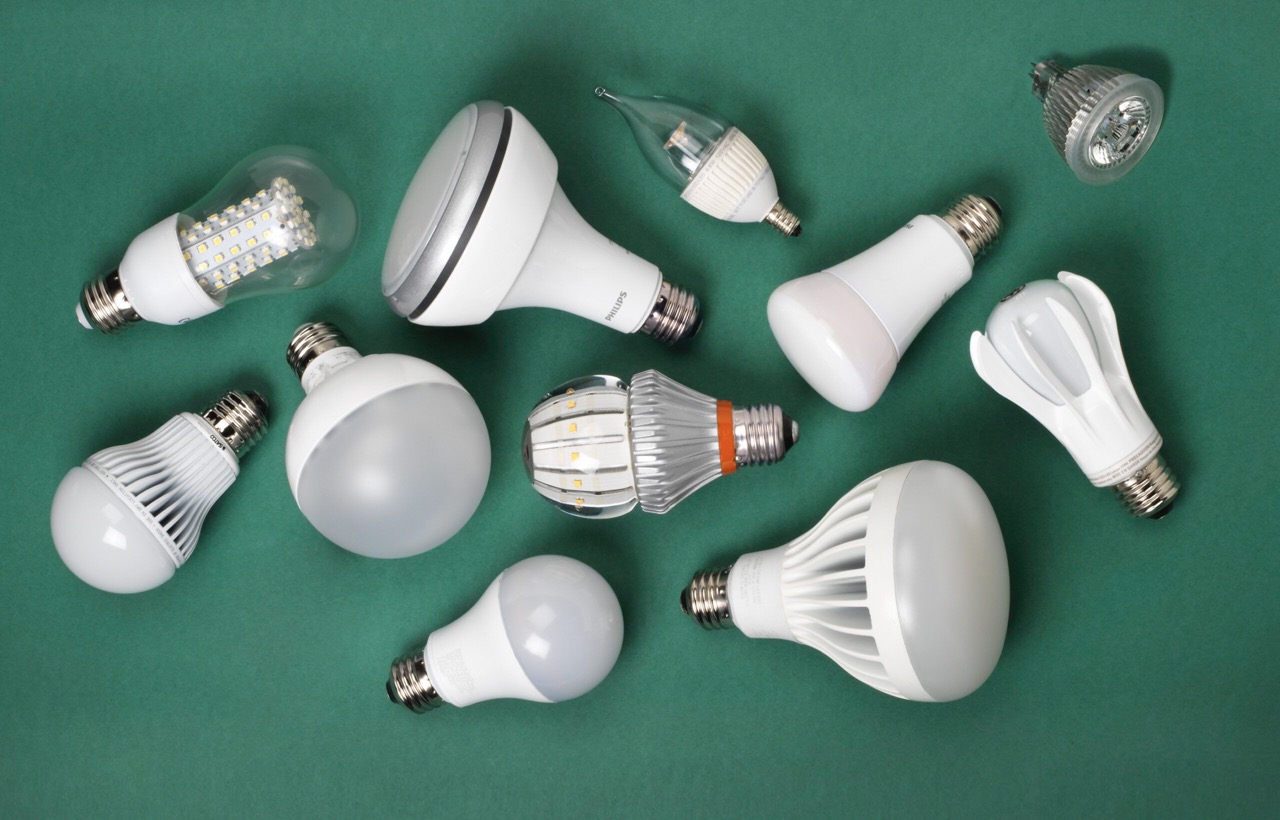
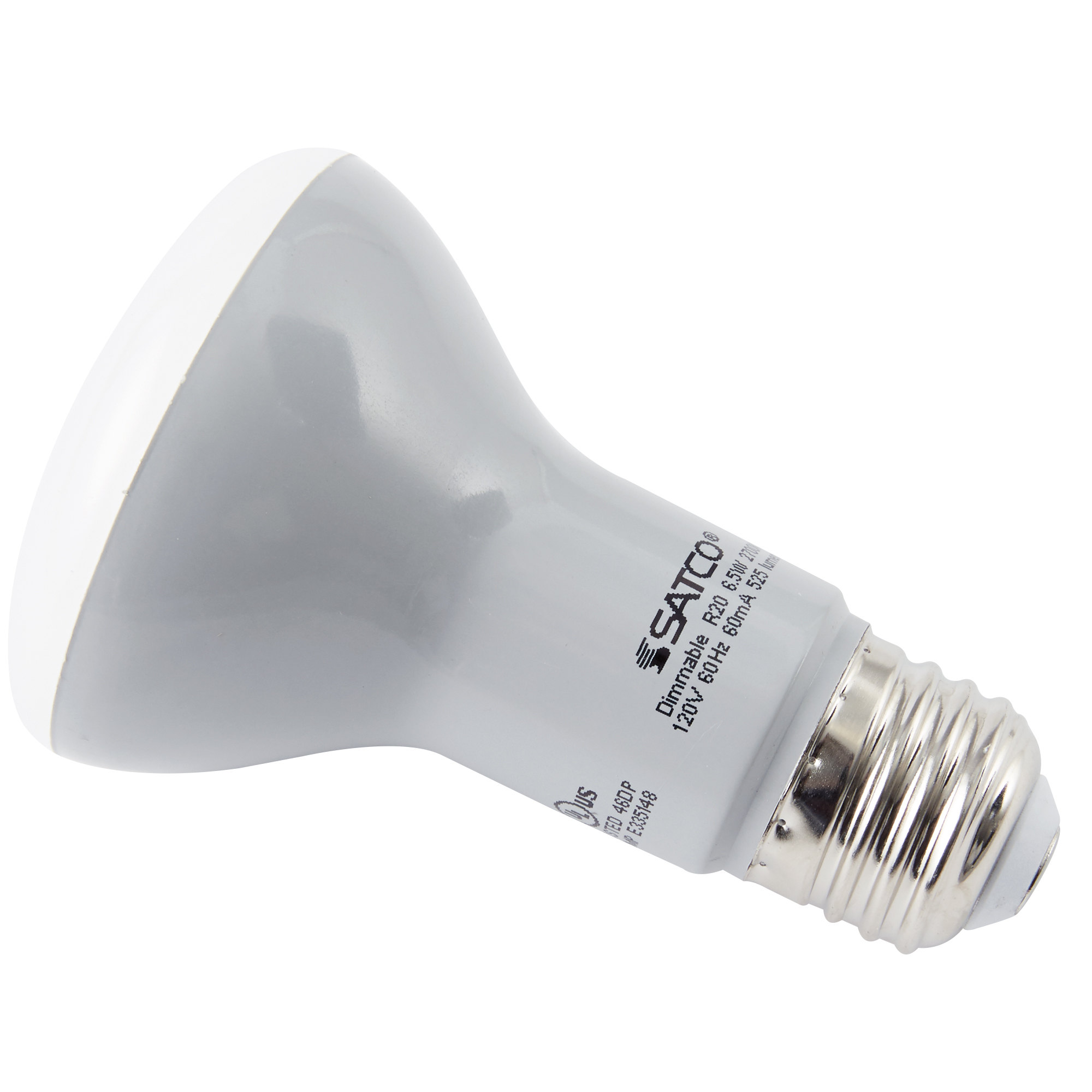
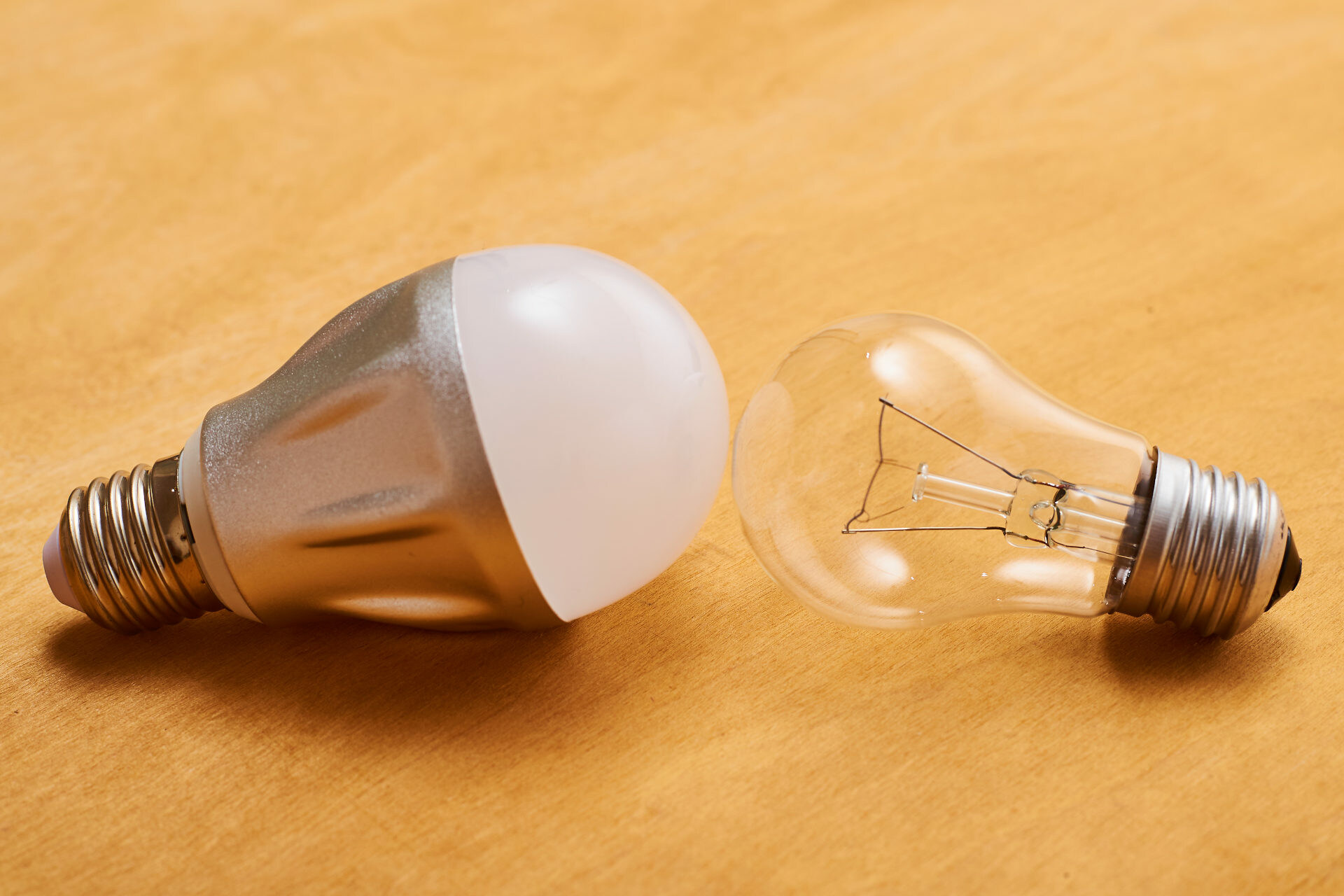
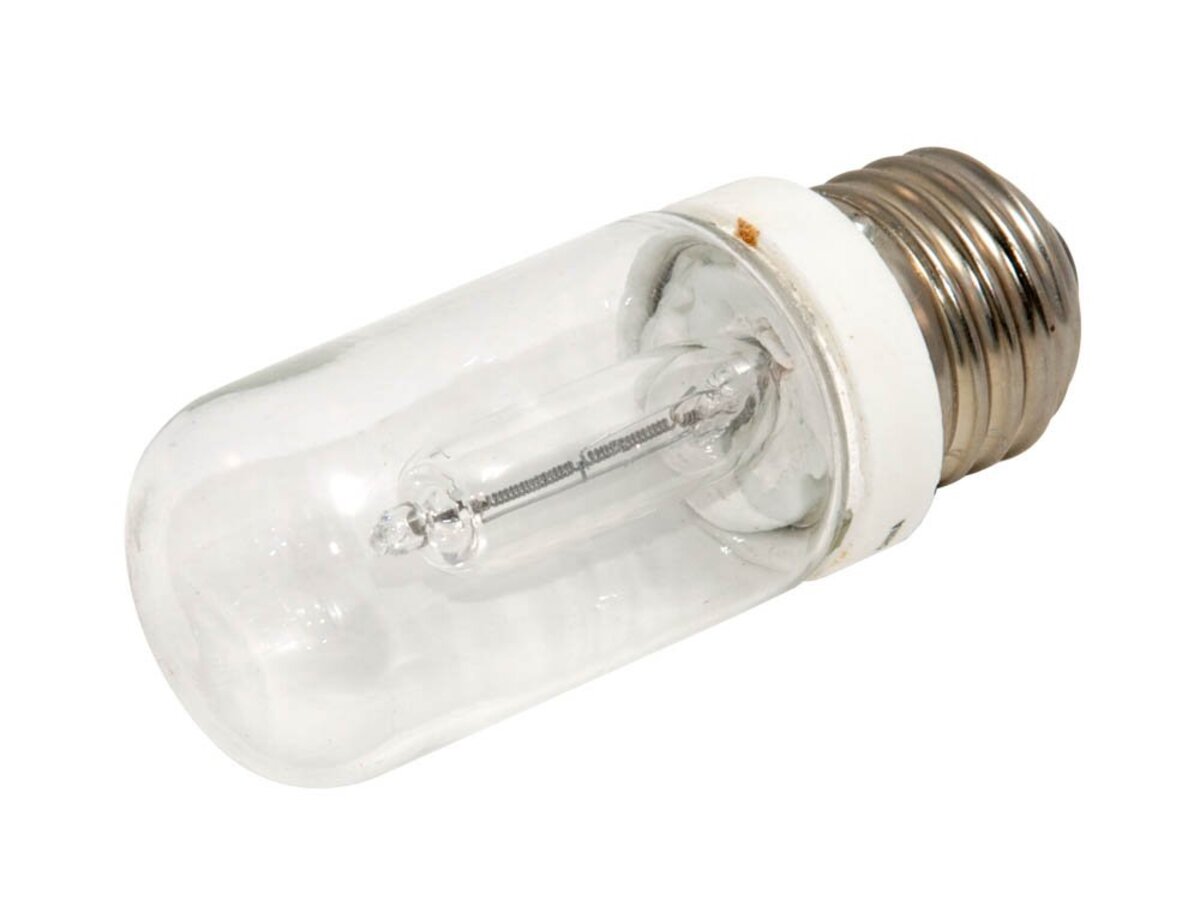
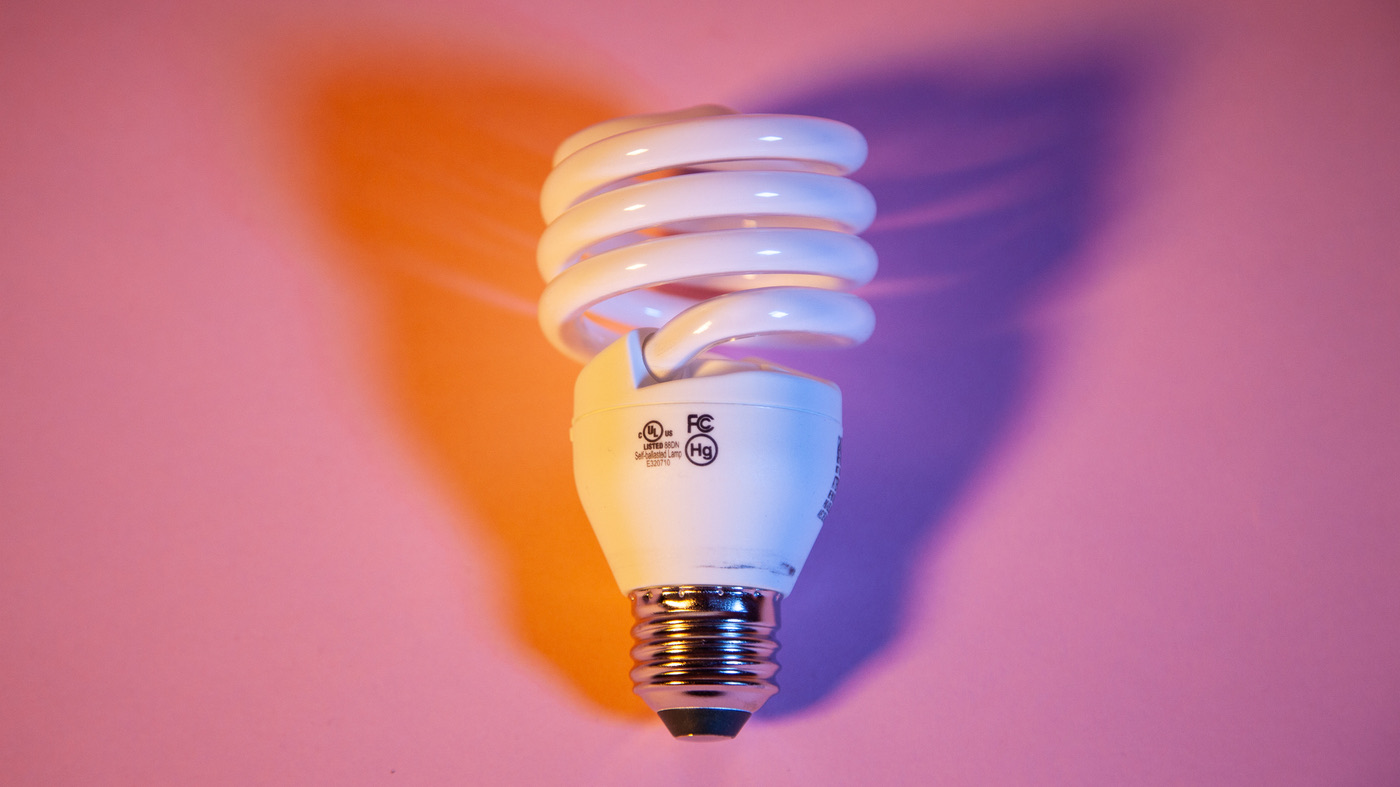

0 thoughts on “What LED Bulb Is Equal To 100 Watts”